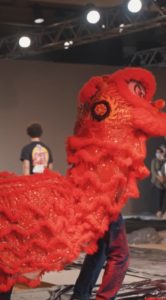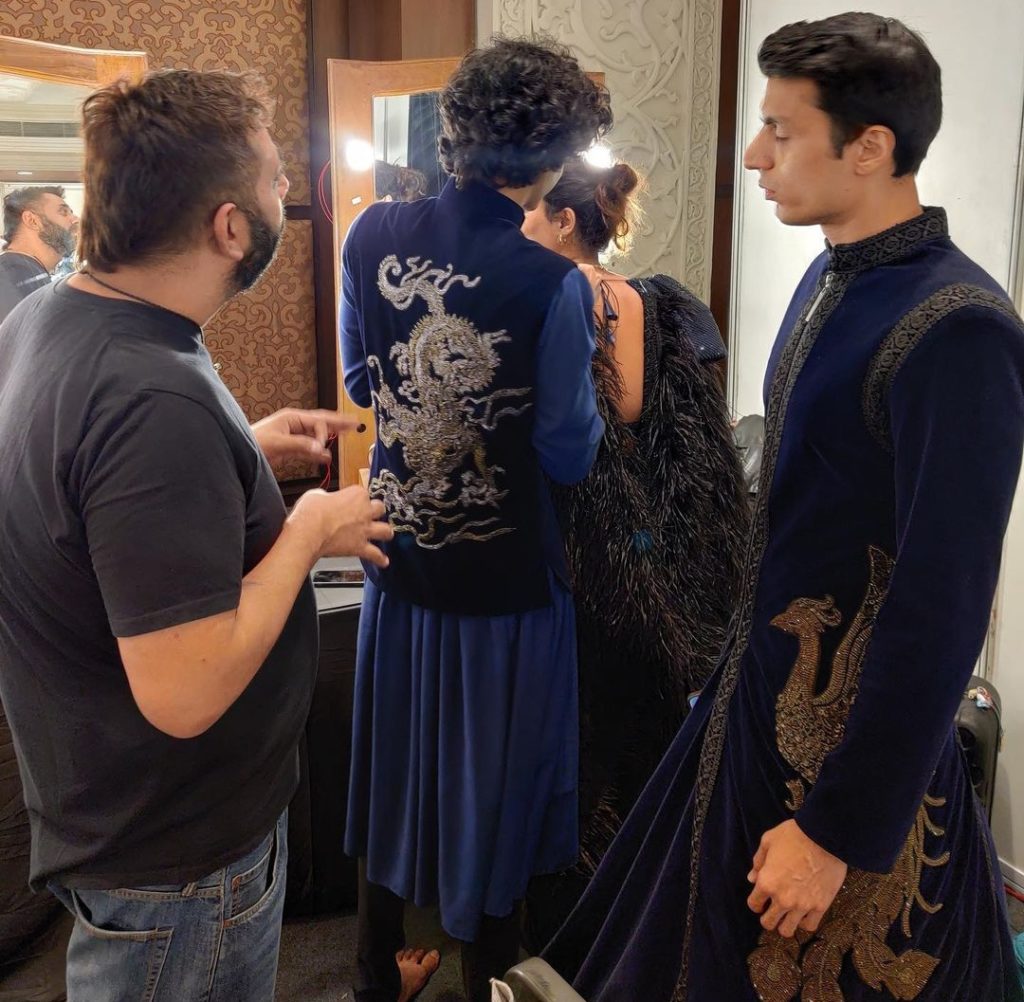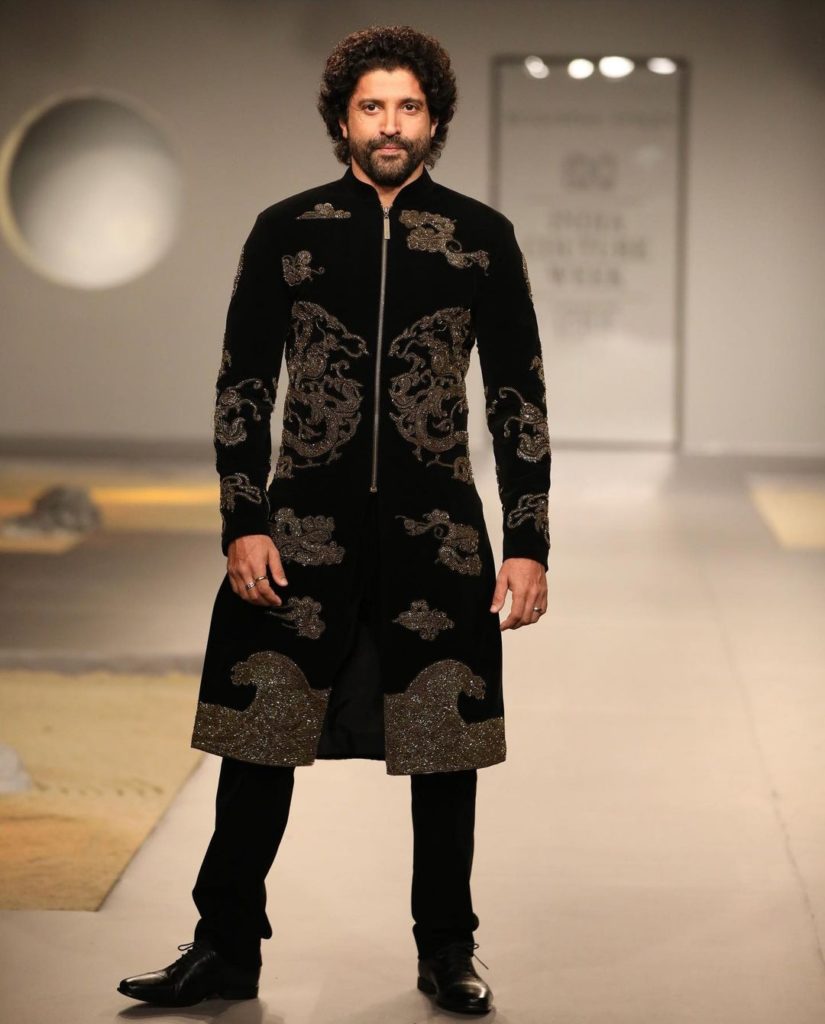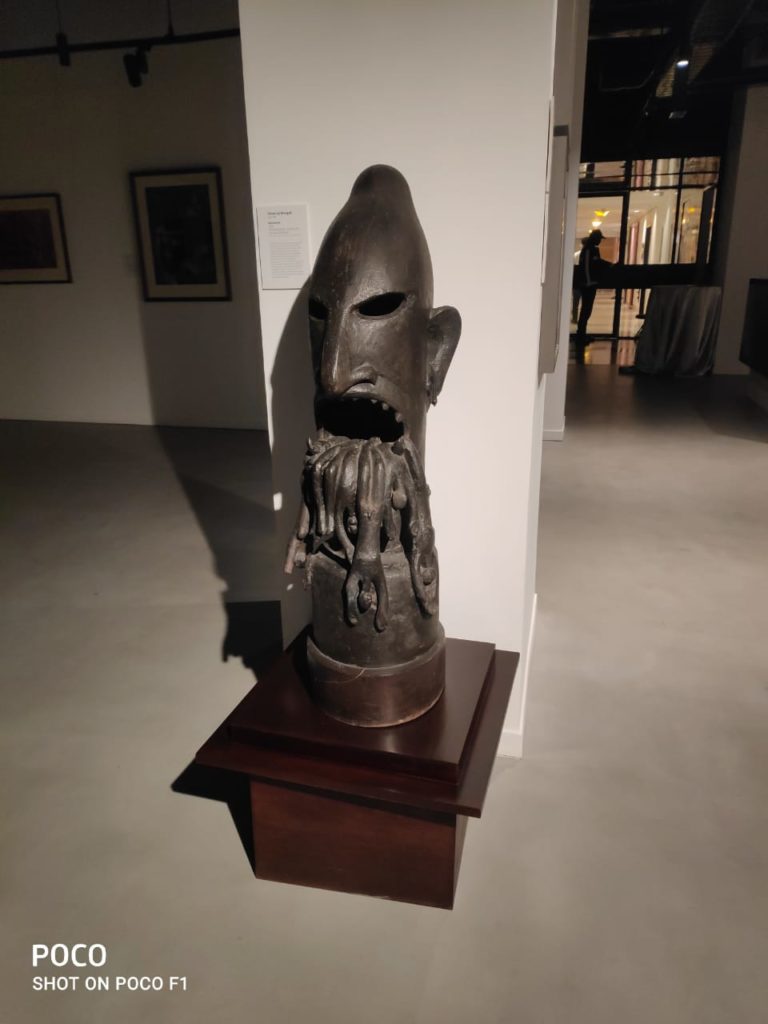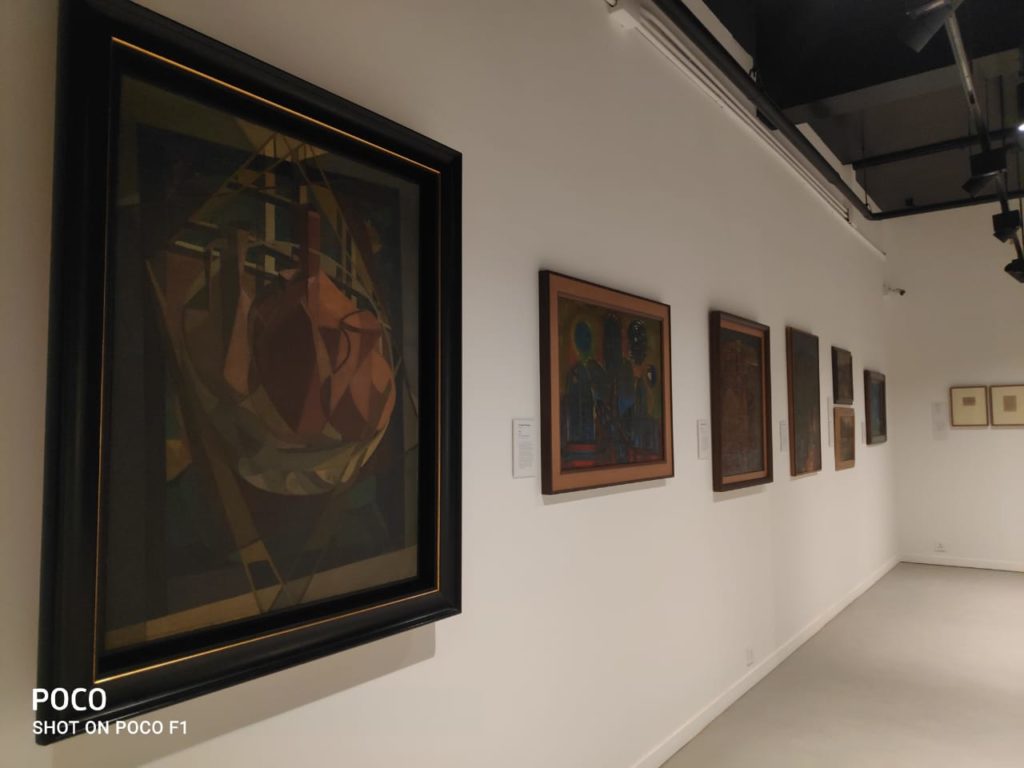The Fifties Show revisits a momentous decade of newly-independent India that had just put its colonized past behind it to embrace triumphant modernism.
DAG’s new space at The Claridges, New Delhi, will see the opening of its latest exhibition, titled The Fifties Show. This exhibition encapsulates key highlights in Indian art over a decade of the 1950s, spotlighting how a newly-independent nation put its colonized past behind and embraced triumphant modernism.
Indian art in the twentieth century witnessed two important decades: The first one was the 1910s when the Bengal School saw the establishment of the “revivalist practice” that came to signify Indian modern art in general. Another was the 1950s when Indian artists of independent India embraced modernish that was free of their colonial history.
In 1950, the first copy of the Constitution of India, handcrafted and illustrated by Nandalal Bose and other Santiniketan artists, was dedicated to the republic, the Progressives were at the peak of their oeuvre, and younger artists were challenging their place with bold formats of art-making.
The 1950s was a period of hope and celebration, which saw the creation of works emblematic not just of the decade but of the context and subtexts of modernism itself. A period when the best and brightest in the Indian art world—such as Nandlal Bose, M F Husain, S H Raza, F N Souza, G R Santosh, K K Hebbar, Adi Davierwalla, Shanti Dave, Dhanraj Bhagat, etc—created some of their most significant masterpieces.
The exhibition will be on view from 1 February 2020 – 26th March 2020
Here are a few glimpses of the paintings:-
About DAG
DAG (formerly known as the Delhi Art Gallery) was established in 1993 in New Delhi, and over the past 25 years, has built a reputation for the quality of its collection that represents the expanse of Indian art practice. This extensive collection charts a historic continuum, from the early works of academic artists trained in Bengal and Bombay, to modernists from Baroda, Delhi and beyond, and includes artworks by some of India’s most celebrated artists, including Raja Ravi Varma, Amrita Sher-Gil, Jamini Roy, S. H. Raza, M. F. Husain, Tyeb Mehta, F. N. Souza, Avinash Chandra, and Chittaprosad. With the aim of taking Indian modernism to a wider audience, DAG now has gallery spaces in the historic Kala Ghoda in Mumbai, and the iconic Fuller Building in Manhattan, New York, in addition to its gallery in Delhi. It regularly participates in international fairs such as Art Basel Hong Kong, Armory New York, Art Dubai, Masterpiece London, and India Art Fair.
The mandate of taking art to the people has led to museum-quality exhibition collaborations with stellar art institutions such as the National Gallery of Modern Art, Mumbai, Dr. Bhau Daji Lad Museum, Mumbai, The Nehru Memorial Museum & Library, New Delhi, the Punjab Lalit Kala Akademi, Chandigarh, and the Jawahar Kala Kendra, Jaipur. DAG’s first monumental public-private collaboration with the Archaeological Survey of India—Drishyakala museum at the UNESCO World Heritage Site of Red Fort—was inaugurated by India’s Prime Minister on 23 January 2019, has been widely feted, nationally and internationally and has an average footfall of 4,000 people every day.
With the democratization of Indian art as its core aim, DAG consistently hosts outreach programs for students of schools and colleges and also runs a pioneering program for the visually impaired by allowing them to experience art through tactile aids.
www.dagworld.com
